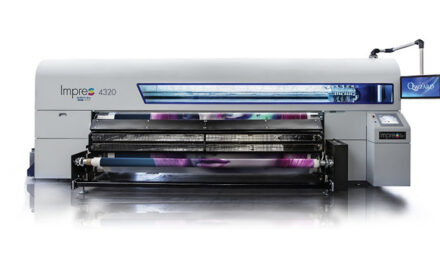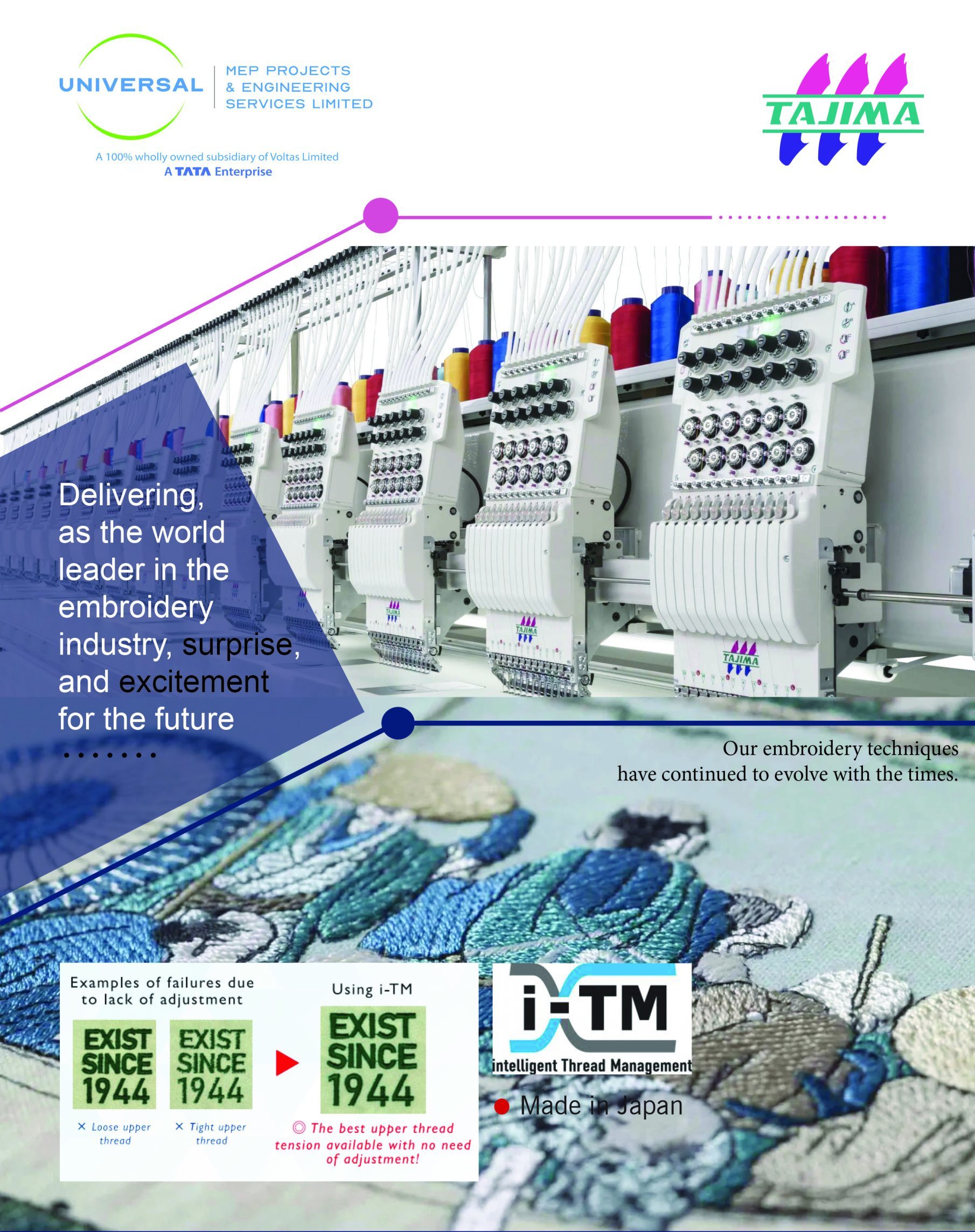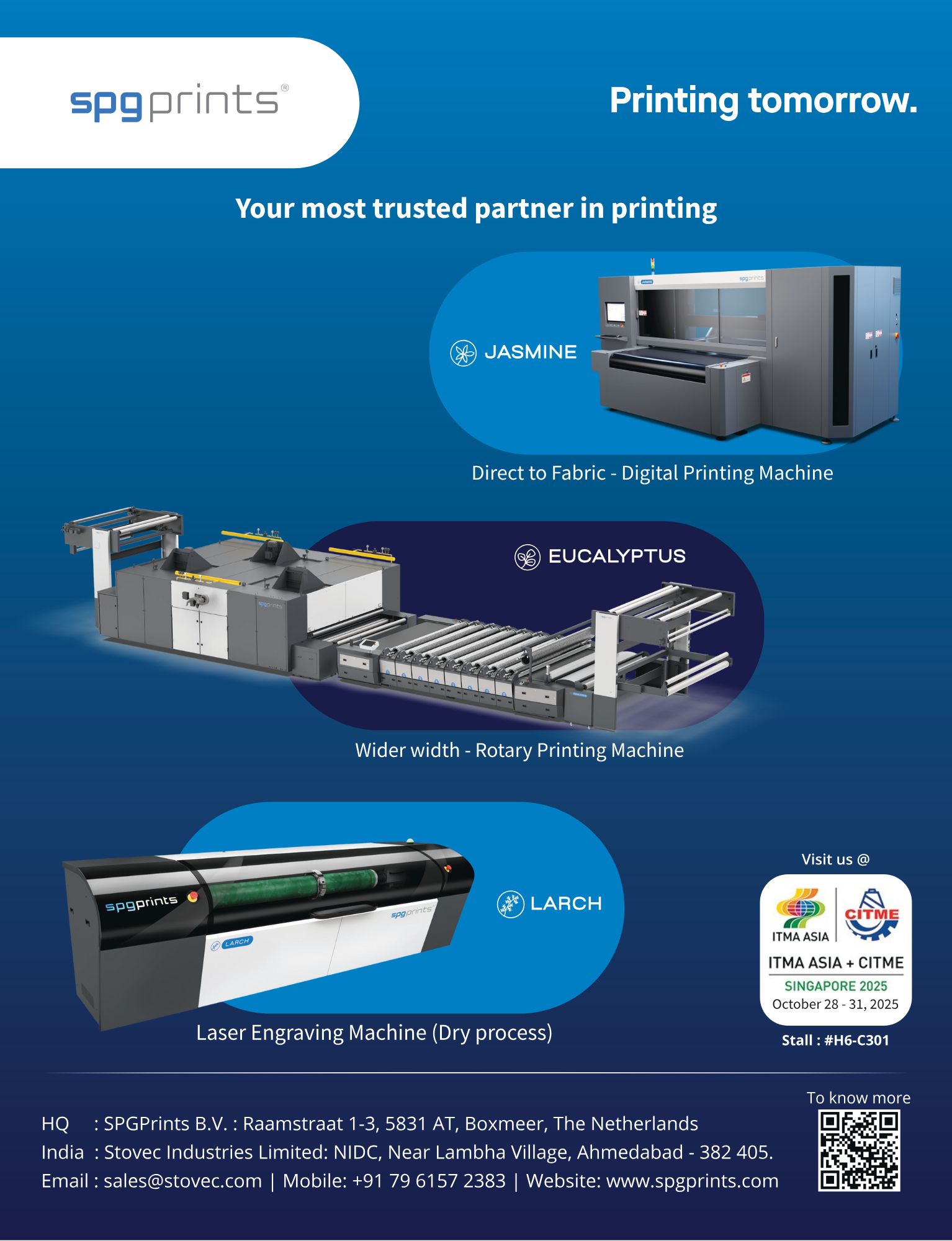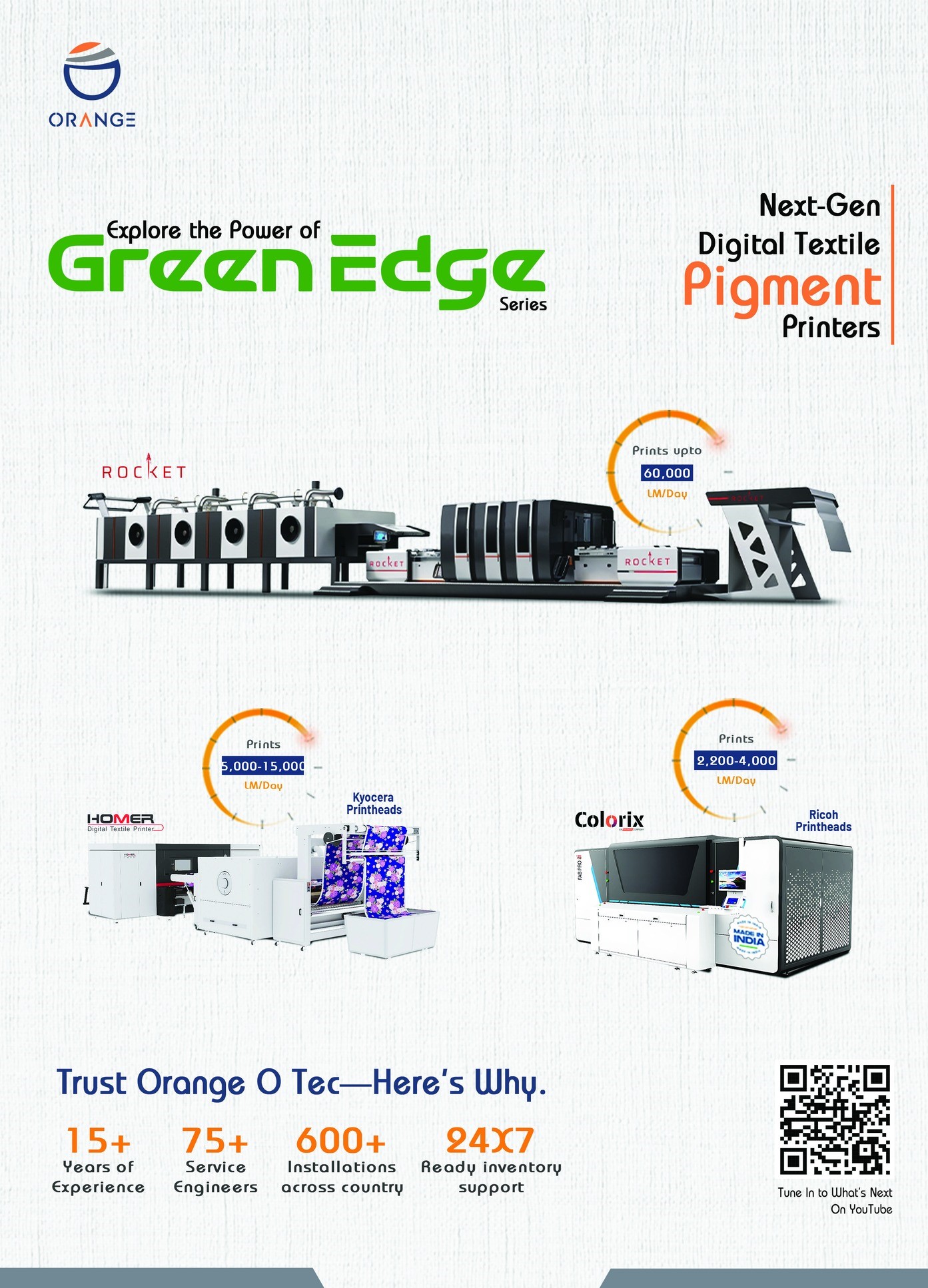For many apparel producers, direct-to-garment printing is no longer just a niche technology – it’s a growing necessity. Moran Levy, Kornit’s Digital’s Director of Business Segments and EfiYohanani, Kornit Digital’s Product & Program Manager weigh in on what’s leading the next generation of DTG printing and how the Apollo is changing the game – one printed piece at a time.
 As the digital printing industry moves toward faster, more agile production models, traditional analog methods can feel increasingly rigid. In the world of direct-to-garment (DTG) printing, the demand for speed, scalability, and sustainability has never been greater. With the apparel industry’s shift toward on-demand, just-in-time (JIT) production, Kornit Digital’s Apollo technology is the game-changing solution. The Apollo offers a bridge between the speed of analog and the flexibility of digital, purpose-built for high-volume operations. Developed over several years with input from some of the world’s busiest print floors and launched in 2023 after years of rigorous beta testing, the Apollo is Kornit’s response to a shifting production landscape – one majorly defined by a supreme demand for creative flexibility, local responsiveness, and sustainable profitability.
As the digital printing industry moves toward faster, more agile production models, traditional analog methods can feel increasingly rigid. In the world of direct-to-garment (DTG) printing, the demand for speed, scalability, and sustainability has never been greater. With the apparel industry’s shift toward on-demand, just-in-time (JIT) production, Kornit Digital’s Apollo technology is the game-changing solution. The Apollo offers a bridge between the speed of analog and the flexibility of digital, purpose-built for high-volume operations. Developed over several years with input from some of the world’s busiest print floors and launched in 2023 after years of rigorous beta testing, the Apollo is Kornit’s response to a shifting production landscape – one majorly defined by a supreme demand for creative flexibility, local responsiveness, and sustainable profitability.
The Apollo can most effectively be considered a platform – not simply a printer. It is part of a longer-term transformation in how garments are produced – one that’s increasingly automated, digitally connected, and localized. “Apollo represents a turning point for digital textile printing – not just in speed and quality, but in how it redefines production,” says Moran Levy, who along with EfiYohanani, leads the printer’s in-depth R&D and system management. “In five years, I see it setting a new standard for high-volume, on-demand digital workflows. Ten years out, it could be at the center of fully automated, interconnected production floors – linked to e-commerce, supply chains, and real-time order systems – enabling faster turnaround, real-time adaptability, and mass customization at scale.”
Designing from the Ground Up
Unlike many printers that are retrofits or reconfigurations of older tech, Apollo was built from scratch with high-throughput digital production in mind. Its automated workflow – from garment loading to curing – is designed to keep operations moving, minimizing downtime and labor. One thing that often surprises new users is how swiftly it runs. “The most consistent feedback we get is around the speed,” says Levy. “In some cases, customers have had to rework their entire floor management strategy just to keep up. Picking and staging garments efficiently becomes critical – otherwise the Apollo can outpace the rest of the process.” With a throughput of up to 400 garments per hour, the Apollo is capable of supporting annual production levels well into the seven figures – all with a relatively small footprint and a single operator. Effectively the most industrial-grade solution in the DTG space, the Apollo is ideal for companies with high production volumes – 550,000 impressions per year at a minimum, though it truly shines above 700,000. It’s well-suited for jobs that were traditionally produced using analog methods, like short runs of 200 to 300 units with a few colors. Those can now be done digitally, without sacrificing quality.
Digital Efficiency Meets Operational Flexibility
While speed is a standout, Apollo’s core strength may lie in its integration-ready design. It supports full automation via API, making it easier to connect to production planning systems, e commerce platforms, or digital order flows. Yet it’s equally functional as a standalone unit, allowing for localized or semi automated use depending on the operation. “Apollo was designed as a truly digital solution,” Levy explains. “It’s not just about speed – it’s about ergonomics, reliability, and how it fits into a modern workflow. Every decision was made to support efficient, high-volume production.” This balance of automation and manual flexibility makes it adaptable – whether you’re running a tightly integrated fulfillment network or scaling a mid-sized business into new markets.
Kornit is also tapping into new innovations regarding how businesses invest in the Apollo. With its all-inclusive SaaS “pay per-click” model, customers don’t need to purchase the printer outright. Instead, they pay a fixed fee per impression – covering the printer, consumables, and service. This frees up capital for businesses by removing the printing costs associated with each order. Customers only pay when they’re producing and selling, which makes it a more scalable, lower-risk model for businesses that are growing. This approach also simplifies planning. In contrast to traditional capital expenditure models – where the cost per garment can vary depending on ink coverage – the Apollo model offers a predictable cost structure, easing pricing decisions and financial forecasting. With the AIC model, the cost per garment is fixed and predictable, removing the variability often seen in traditional CAPEX setups. Kornit also assists in providing samples and detailed cost analyses so customers can actually visualize and map out a plan that fits their most agile and cost effective business needs.
Built-in Sustainability
For businesses trying to reduce their environmental impact, Apollo offers meaningful advantages. Its pigment ink system eliminates the water-intensive processes required by other technologies, while its built-in infrared dryer is designed to minimize energy waste through insulation and targeted heat distribution. More importantly, Apollo enables just-in time production – helping reduce overproduction and excess inventory by aligning output more closely with real-time demand. “It’s not only about greener materials or processes – it’s about making the entire production model more efficient and less wasteful,” emphasizes Levy. This kind of change can ripple throughout a supply chain, especially as more brands prioritize both environmental impact and production transparency.
For apparel decorators, fulfillment centers, and global brands alike, the move to digital is no longer a question of if, but how. With its focus on high-speed output, scalable automation, and environmental responsibility, Kornit’s Apollo is a thoughtfully designed answer for operations that want to grow with the best of the industry.

















